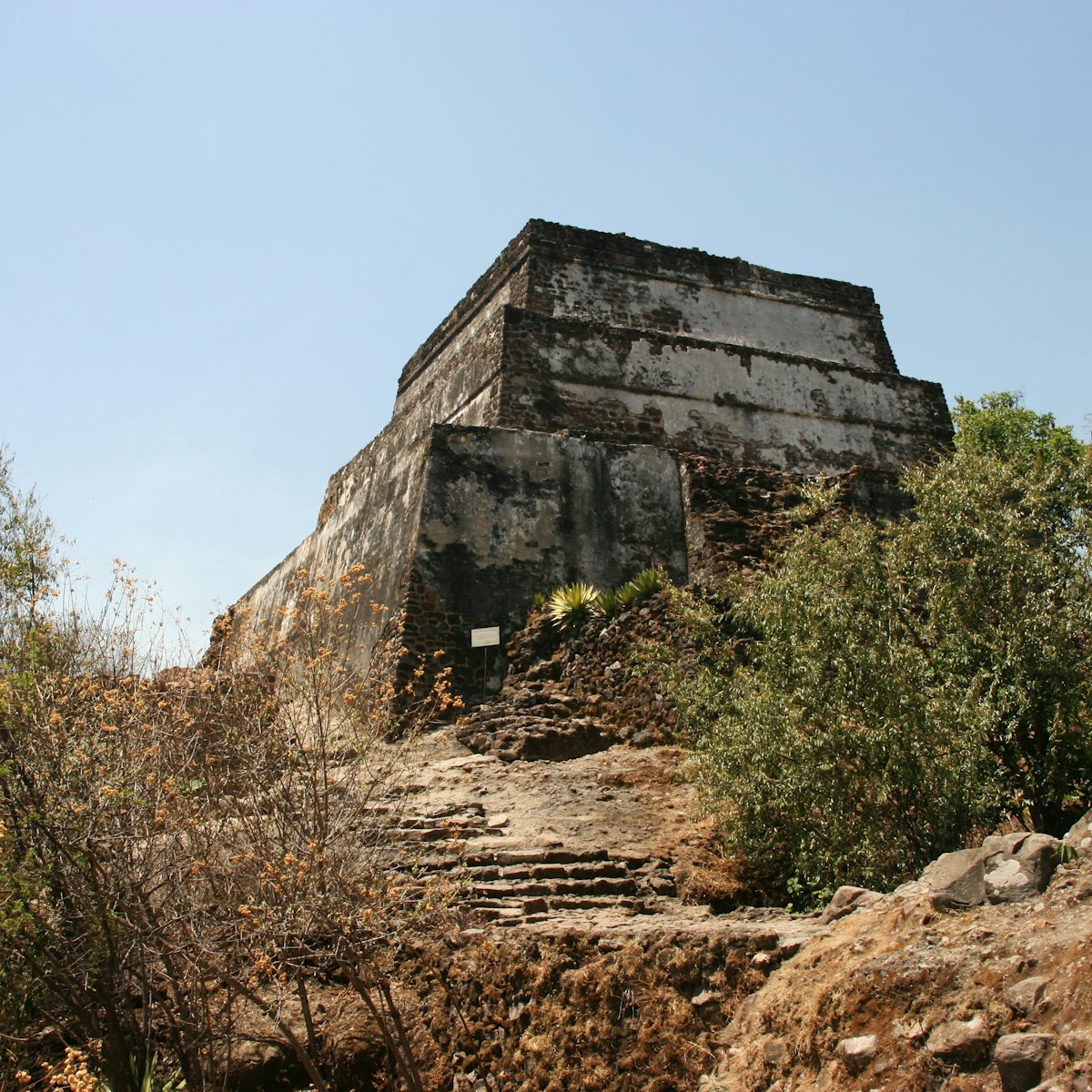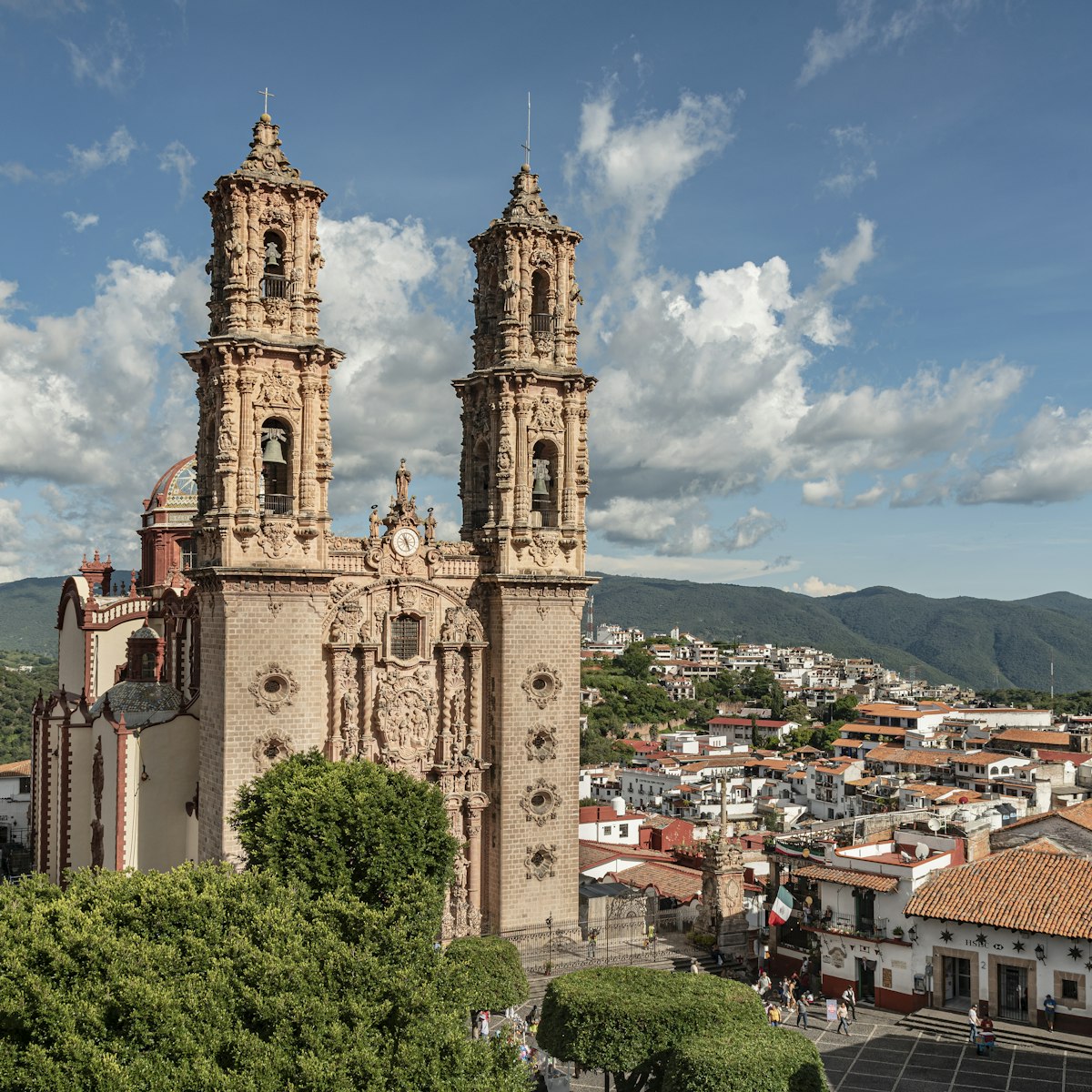Atop a desolate plateau with views for miles around, Xochicalco is an impressive and relatively easy day trip from Cuernavaca that shouldn’t be missed. It’s large enough to make the 38km journey worthwhile, but not so well known as to be overrun by tourists.
A Unesco World Heritage site and one of central Mexico’s most important archaeological sites, Xochicalco (so-chee-cal-co) is Náhuatl for ‘place of the house of flowers.’ The collection of white stone ruins, many still to be excavated, covers approximately 10 sq km. They represent the various cultures – Tlahuica, Toltec, Olmec, Zapotec, Mixtec and Aztec – for which Xochicalco was a commercial, cultural and religious center. When Teotihuacán began to weaken around 650 to 700 CE, Xochicalco began to rise in importance, achieving its peak between 650 and 900 CE, with far-reaching cultural and commercial relations. Around 650 CE, Zapotec, Maya and Gulf coast spiritual leaders convened here to correlate their respective calendars. Xochicalco remained an important center until around 1200, when its excessive growth precipitated a demise similar to that of Teotihuacán.
The site’s most famous monument is the Pirámide de Quetzalcóatl. Archaeologists have surmised from its well-preserved bas-reliefs that astronomer-priests met here at the beginning and end of each 52-year cycle of the pre-Hispanic calendar. Signage here is in English and Spanish, but information at the excellent, ecologically sensitive museum, situated 200m from the ruins, is in Spanish only.
A cave known as El Observatorio served as the 'observatory' for scientists studying the stars. From April 29 to August 13, El Observatorio is illuminated by natural sunlight. From December through May, the site offers an occasional light show on Friday and Saturday nights. It’s quite a spectacle, but call ahead because the shows haven't run in recent years.
From Cuernavaca's local-bus station outside Mercado Adolfo López Mateos, colectivos (M$20, 90 minutes, every 30 minutes) with ‘Xochi’ or 'Cuentepec' on their windshield depart for the site entrance. On arrival, you’ll need to walk to the museum to buy tickets. The last return colectivo leaves around 6pm. Alternatively, take a taxi (M$35, five minutes) from the site to the nearby town of Alpuyeca for frequent colectivos back to Cuernavaca. Larger Pullman de Morelos buses (M$49, every 30 minutes) also run between their terminal a few blocks southeast of the zócalo in Cuernavaca and Alpuyeca, but only on Saturday and Sunday.


